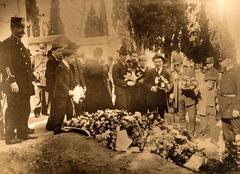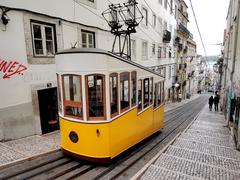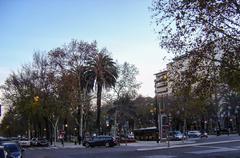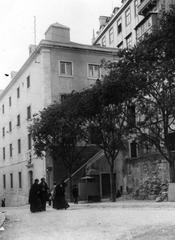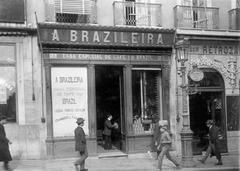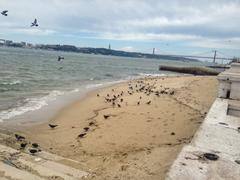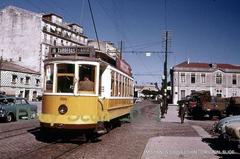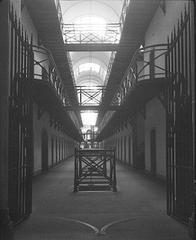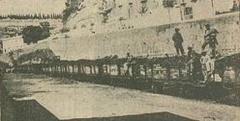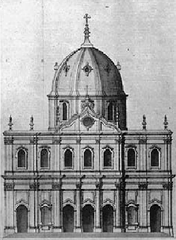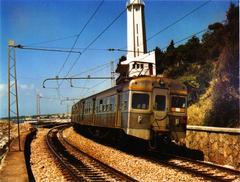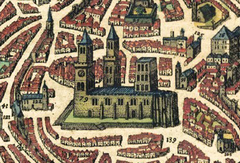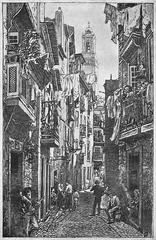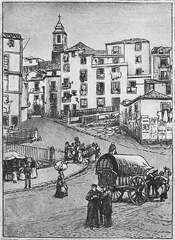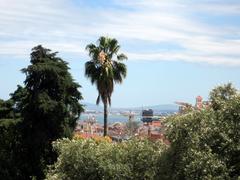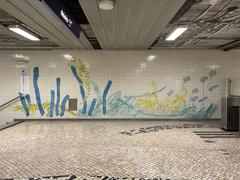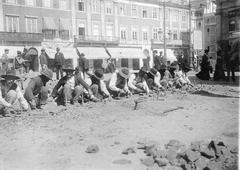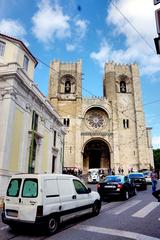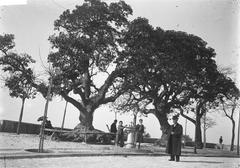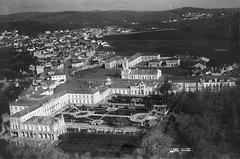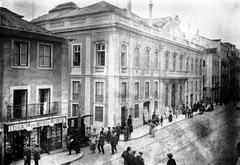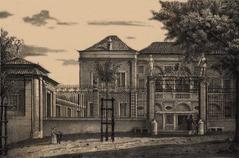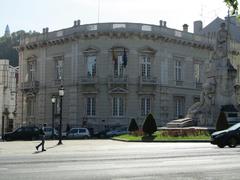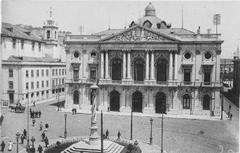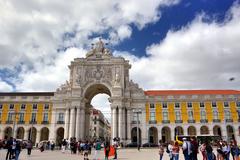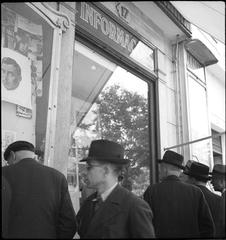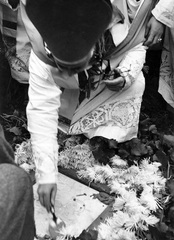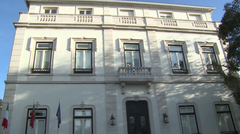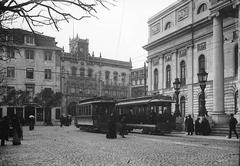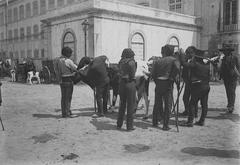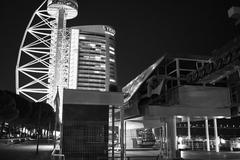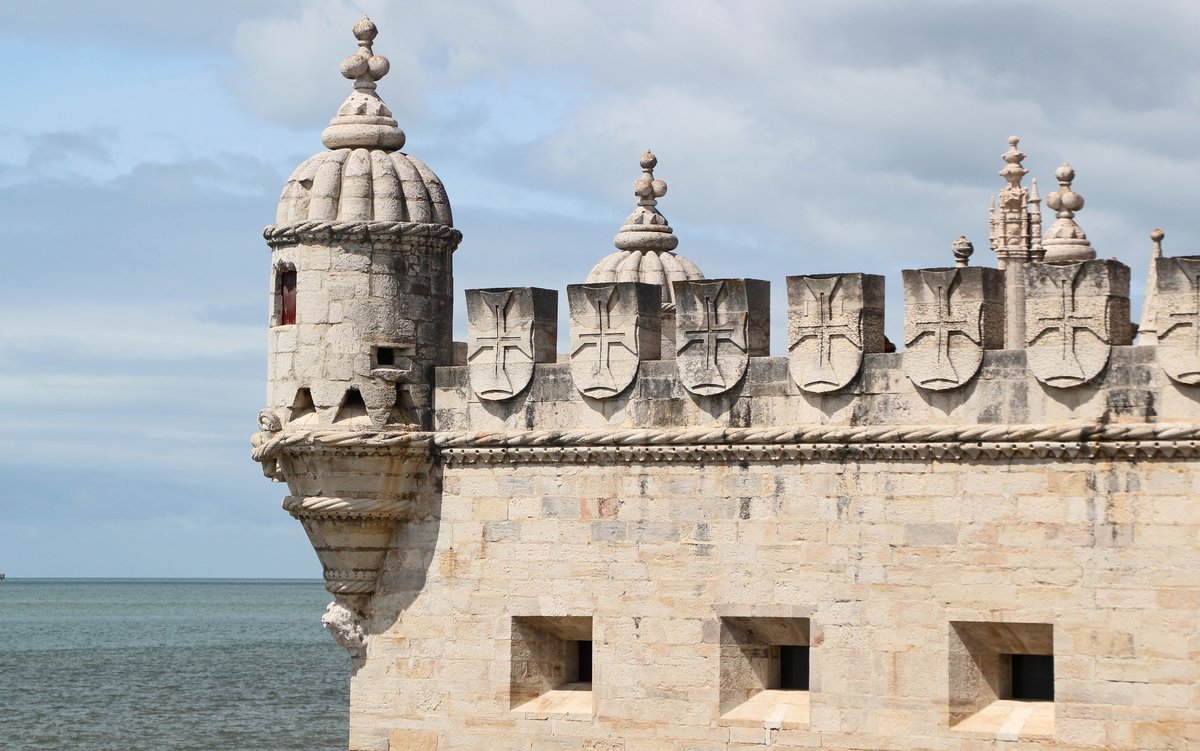
Torre de Belém Visiting Hours, Tickets, and Historical Sites in Lisbon
Date: 16/07/2024
Introduction
The Torre de Belém, or Belém Tower, stands as an enduring symbol of Lisbon’s rich maritime heritage and Portugal’s Age of Discoveries. Constructed between 1514 and 1519, this iconic fortress was commissioned by King Manuel I to serve as a defensive bastion at the mouth of the Tagus River, safeguarding Lisbon’s harbor from potential invasions (UNESCO). Designed by Francisco de Arruda, the tower exemplifies Manueline architecture, characterized by intricate maritime motifs and elements that celebrate Portugal’s seafaring legacy (Portugal Heritage). Over the centuries, the Torre de Belém has evolved from a military fortification to a ceremonial gateway and a UNESCO World Heritage Site, attracting visitors from around the globe who seek to immerse themselves in the history and beauty of this remarkable structure (National Geographic). This comprehensive guide will provide an in-depth look at the history, architectural significance, and practical visitor information, ensuring you make the most of your visit to one of Lisbon’s most treasured landmarks.
Table of Contents
- [History of Torre de Belém](#history-of-torre-de-belémhistory-of-torre-de-belém)
- [Origins and Construction](#origins-and-constructionorigins-and-construction)
- [Architectural Significance](#architectural-significancearchitectural-significance)
- [Role in Maritime Defense](#role-in-maritime-defenserole-in-maritime-defense)
- [Evolution Over the Centuries](#evolution-over-the-centuriesevolution-over-the-centuries)
- [Restoration and Preservation](#restoration-and-preservationrestoration-and-preservation)
- [Symbol of the Age of Discoveries](#symbol-of-the-age-of-discoveriessymbol-of-the-age-of-discoveries)
- [Modern-Day Significance](#modern-day-significancemodern-day-significance)
- [Visitor Information](#visitor-informationvisitor-information)
- [Visiting Hours and Tickets](#visiting-hours-and-ticketsvisiting-hours-and-tickets)
- [Accessibility](#accessibilityaccessibility)
- [Travel Tips](#travel-tipstravel-tips)
- [Nearby Attractions](#nearby-attractionsnearby-attractions)
- [Jerónimos Monastery](#jerónimos-monasteryjerónimos-monastery)
- [Monument to the Discoveries](#monument-to-the-discoveriesmonument-to-the-discoveries)
- [Belém Cultural Center](#belém-cultural-centerbelém-cultural-center)
- [Special Events and Guided Tours](#special-events-and-guided-toursspecial-events-and-guided-tours)
- [FAQs](#faqsfaqs)
- [Conclusion](#conclusionconclusion)
History of Torre de Belém
Origins and Construction
The Torre de Belém was constructed between 1514 and 1519, commissioned by King Manuel I to serve as a defensive bastion at the mouth of the Tagus River. Designed by military architect Francisco de Arruda, the tower showcases both Gothic and Manueline architectural styles, characterized by intricate maritime motifs and symbols of the era’s explorations (UNESCO).
Architectural Significance
The Torre de Belém is a prime example of Manueline architecture, flourishing during the reign of King Manuel I (1495-1521). This style is noted for its elaborate ornamentation, featuring elements such as twisted ropes, armillary spheres, crosses of the Order of Christ, and other maritime symbols. The tower’s design includes Moorish influences, evident in the arched windows and balconies. The structure comprises a bastion and a four-story tower, with the bastion housing 16 cannons to defend against enemy ships attempting to enter the Tagus River (Portugal Heritage).
Role in Maritime Defense
The Torre de Belém initially played a crucial role in Lisbon’s defense system. Strategically positioned at the entrance of the Tagus River, it worked with the São Sebastião da Caparica fort on the opposite bank to create a crossfire zone, controlling access to the river and protecting the city from potential invasions (History Extra).
Evolution Over the Centuries
Over the centuries, the Torre de Belém’s role evolved from a military fortification to a ceremonial gateway and customs control point. In the 16th century, it also served as a prison for political prisoners and a storage site for munitions. The tower’s significance waned as advancements in military technology rendered its defenses obsolete. However, it remained an important symbol of Portugal’s maritime heritage and was later repurposed for various administrative functions (Lisbon Guide).
Restoration and Preservation
The Torre de Belém underwent several restoration efforts in the 19th and 20th centuries to preserve its historical and architectural integrity. In 1983, it was designated a UNESCO World Heritage Site, along with the nearby Jerónimos Monastery, in recognition of its cultural and historical significance. Preservation efforts have focused on maintaining its original features while ensuring its structural stability (UNESCO).
Symbol of the Age of Discoveries
The Torre de Belém stands as a monument to Portugal’s Age of Discoveries, a period during the 15th and 16th centuries when Portuguese explorers embarked on voyages that expanded the known world. The tower’s intricate carvings and maritime symbols reflect the spirit of exploration and the wealth these voyages brought to Portugal (National Geographic).
Modern-Day Significance
Today, the Torre de Belém is one of Lisbon’s most visited landmarks, attracting tourists from around the world. It offers visitors a glimpse into Portugal’s rich maritime history and architectural heritage. The tower’s location in the Belém district, an area known for its historical monuments and museums, makes it a central part of any cultural tour of Lisbon (Visit Lisbon).
Visitor Information
Visiting Hours and Tickets
The Torre de Belém is open to visitors from Tuesday to Sunday, typically from 10:00 AM to 6:30 PM, though hours may vary seasonally. Tickets are available for purchase on-site or online, with prices generally ranging from €6 to €12. Admission is free on the first Sunday of each month for all visitors.
Accessibility
The Torre de Belém is accessible by public transportation, including trams and buses. While the lower levels of the tower are accessible to visitors with mobility challenges, the upper levels may be difficult to access due to narrow staircases and limited elevator access.
Travel Tips
- Arrive Early: To avoid long lines, visit early in the day, especially during peak tourist season.
- Wear Comfortable Shoes: The tower has steep and narrow stairs, so comfortable footwear is recommended.
- Check Weather Conditions: Some parts of the tower are exposed to the elements, so plan your visit according to weather forecasts.
Nearby Attractions
Jerónimos Monastery
Located nearby, this stunning monastery is also a UNESCO World Heritage Site and worth a visit.
Monument to the Discoveries
A short walk from the tower, this monument commemorates Portuguese explorers and their voyages.
Belém Cultural Center
Offers exhibitions, performances, and cultural events throughout the year.
Special Events and Guided Tours
The Torre de Belém occasionally hosts special events, including historical reenactments and cultural festivals. Guided tours are available, providing in-depth information about the tower’s history and architectural features. Photographic spots are abundant, offering stunning views of the tower and the Tagus River.
FAQs
What are the Torre de Belém visiting hours?
- The tower is open from Tuesday to Sunday, typically from 10:00 AM to 6:30 PM, though hours may vary seasonally.
How much are tickets for Torre de Belém?
- Tickets generally range from €6 to €12, with free admission on the first Sunday of each month.
Is the Torre de Belém accessible?
- The lower levels are accessible to visitors with mobility challenges, but the upper levels may be difficult to access.
What are some nearby attractions?
- Nearby attractions include the Jerónimos Monastery, the Monument to the Discoveries, and the Belém Cultural Center.
Conclusion
In summary, the Torre de Belém is not just a historical monument but a symbol of Portugal’s rich maritime legacy. Its architectural beauty, historical significance, and strategic location make it a must-visit site for anyone interested in the Age of Discoveries and the history of Lisbon. Plan your visit to explore this iconic landmark and immerse yourself in the rich cultural heritage of Portugal. For more travel tips and updates, follow us on social media or check out our related posts.


